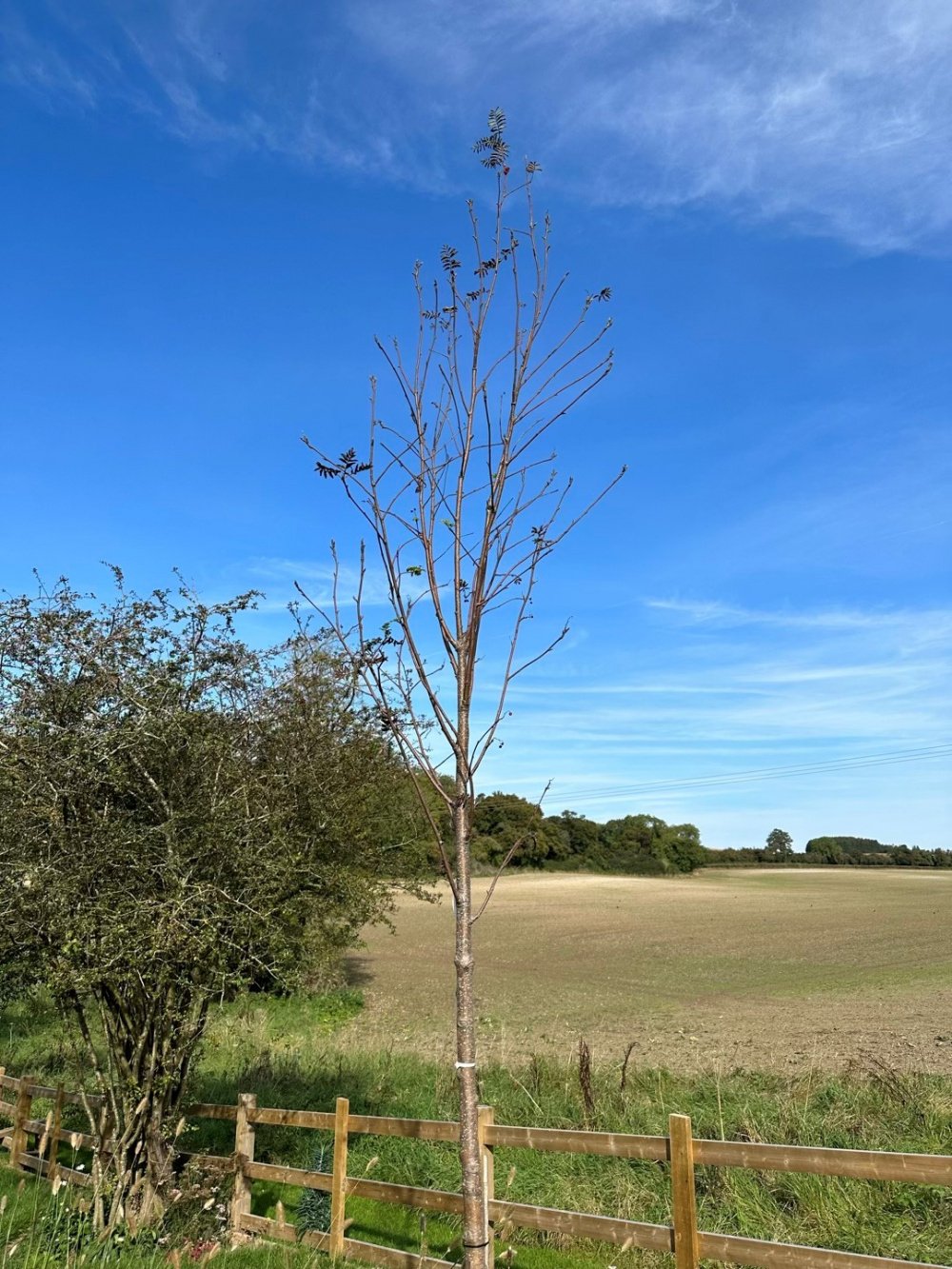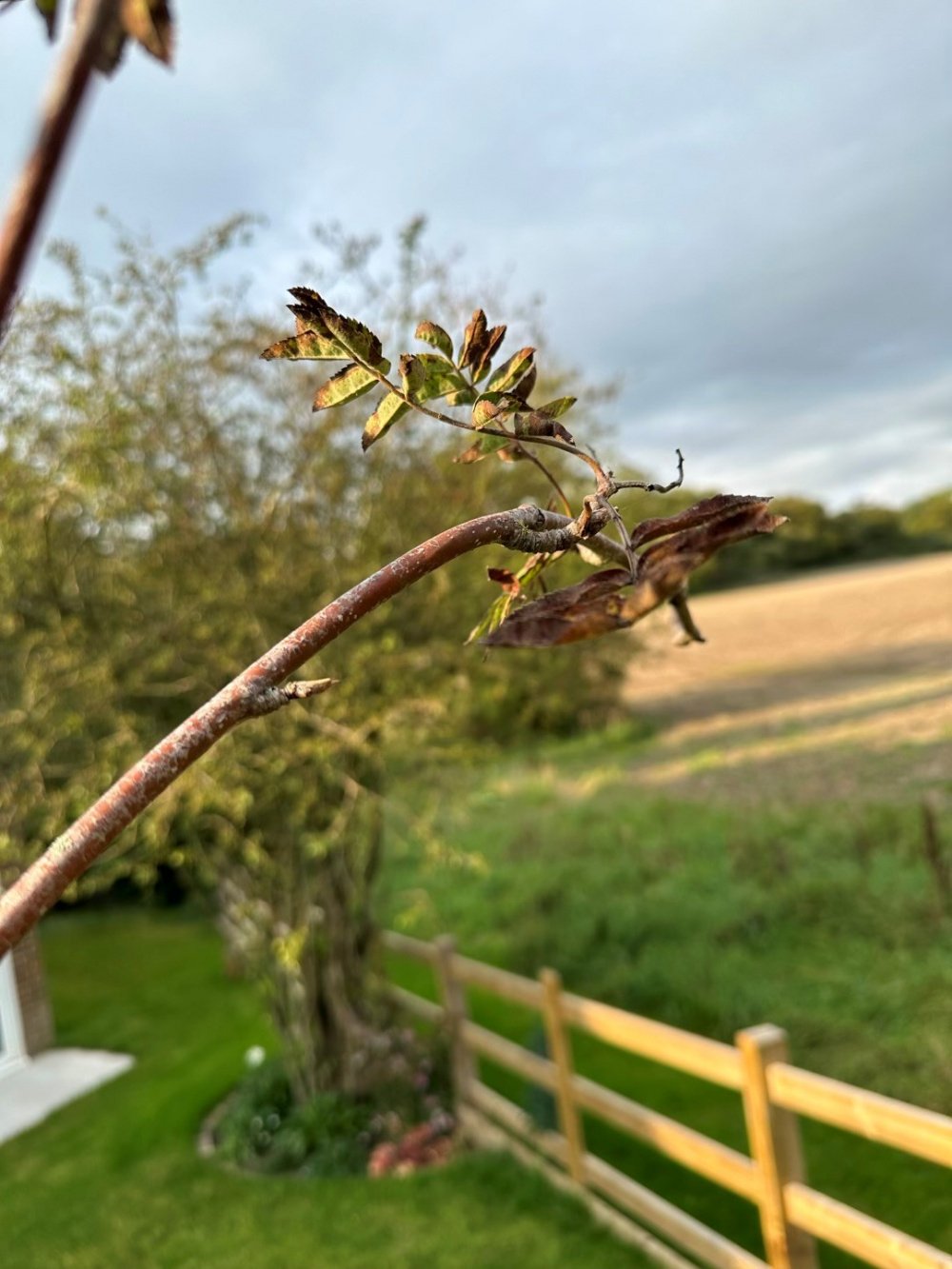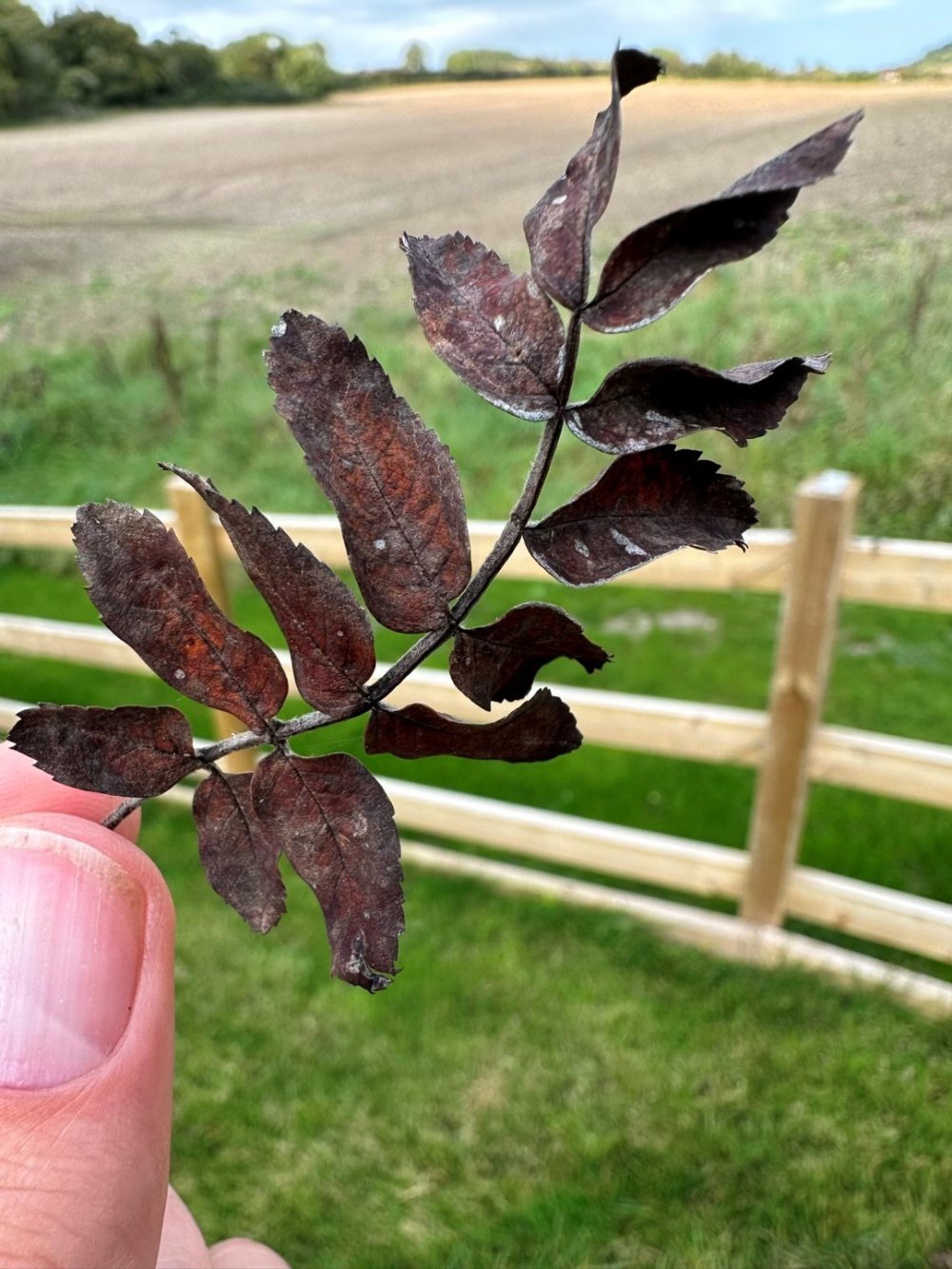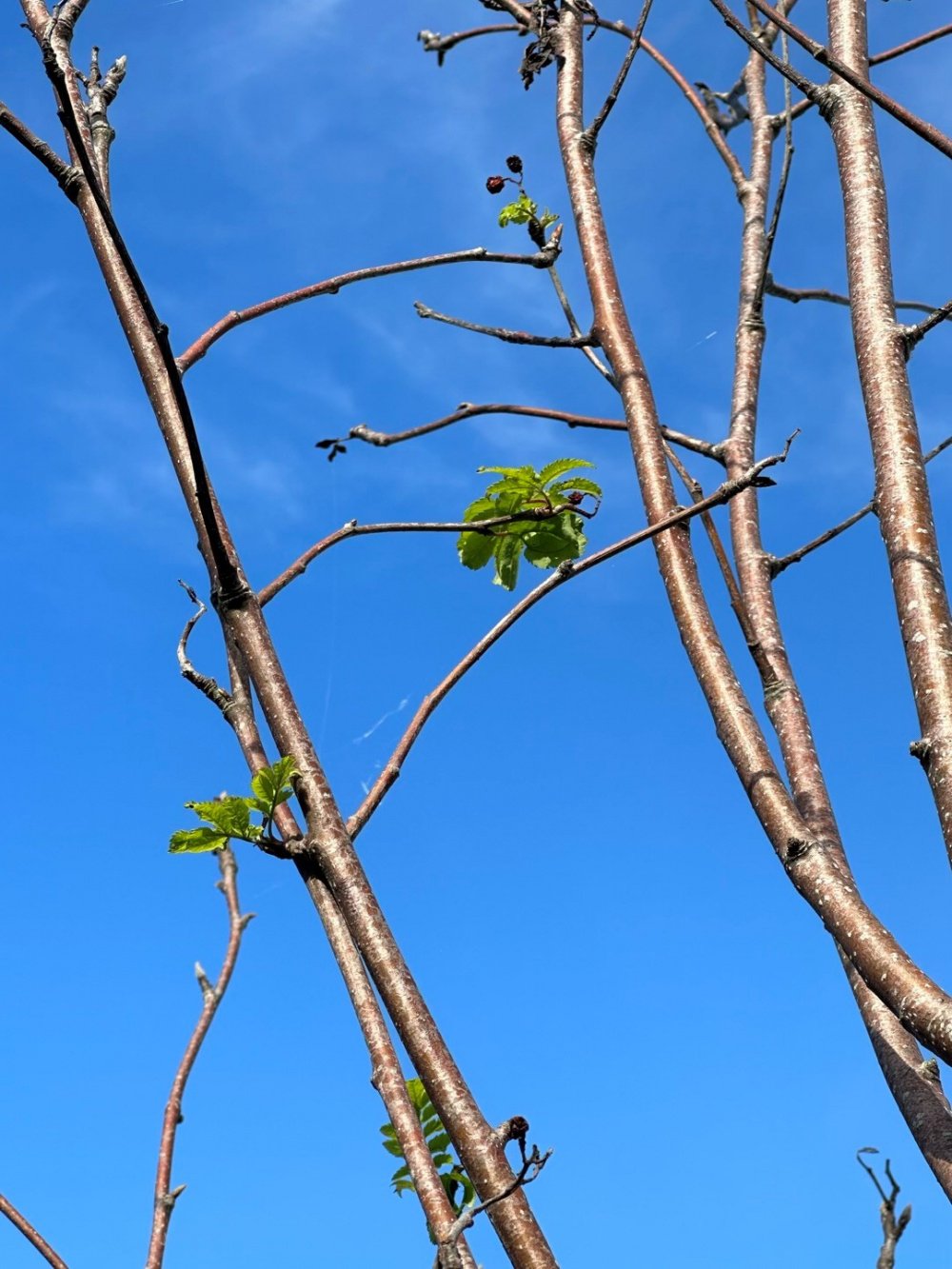This Forum will close on Wednesday 27 March, 2024. Please refer to the announcement on the Discussions page for further detail.
Is this normal for a Rowan?
Planted a mature Sorbus aucuparia in April and it has always been a bit short of leaves. Watered it a lot during the dry spell in May/June/July but not much since as there has been a lot of rain and the soil hasn't really dried out much.
In September it started losing quite a few leaves; turning black but I could also see buds forming. Now it seems to be budding new growth (see the bright green leaves in the last photo) which seems a very strange time of year to be doing this. Is this normal - anything I can do to help it?




In September it started losing quite a few leaves; turning black but I could also see buds forming. Now it seems to be budding new growth (see the bright green leaves in the last photo) which seems a very strange time of year to be doing this. Is this normal - anything I can do to help it?




0
Posts
We can't see from your photos if your tree is planted in grass, or if you've a clear area around it. This is important - grass will compete with the rowan for water and nutrients. A 4ft diameter clear circle is recommended, which you can mulch with organic matter once the soil is properly wet.
Hopefully it will survive - the new leaves late in the year suggest it will, with luck. My guess is that the rain later in the year has stimulated this new growth. I wouldn't worry about the early loss of mature leaves. Some rowans do drop their leaves early (I have one which does), and it may be partly due to stress.
Are those plastic zip ties I can see in the first photo? You need to remove them ASAP if so, because they'll cut into the bark as the tree grows. It also seems to have a cane behind it, which of course is not sturdy enough to provide support - it needs a proper tree stake, preferably set at a 45 degree angle.
Hope this helps.
It looks healthy but it's also a decent sized tree so will need a good amount of water.
The new growth will hopefully mean it should be ok, and as long as it has adequate rainfall over winter, it should recover well enough. Drought causes early leaf drop, unless you're further north when it's perfectly normal for autumn colouring to start in late August, early September, and trees are largely bare by October. Been very slow here this year because it's been so warm through September and October.
I also wondered how it was planted - and if it's directly into grass. That doesn't help at all. Those ties need removing, as @Liriodendron says, and a proper stake, or two, put in. First gust of wind and that'll be uprooted otherwise.
I live in west central Scotland - not where that photo is...
When I was fairly young I planted several trees in our new big garden in Kent. I was more ignorant about gardening in those days and, apart from watering them just after planting, I don't remember watering them at all and I know I didn't clear away the grass around the base of them. They were in the lawn. They all survived.
I'm a bit annoyed as my garden design said I needed to be careful of over-watering; I'll give it a decent amount through the winter.
Stakes ordered so thank you for flagging that too. Never had a tree planted so learning curve. Most of the videos on staking a tree show doing it before planting the root ball; anything I should be wary of staking a semi-established tree?
Make sure you use suitable tree ties too - they're readily available in GCs and diy stores etc. Don't have them too tight round the trunk - they should be tight against the stake, not the trunk, to allow for growth, and to avoid the problem @Liriodendron outlined.
The roots won't have spread to any extent yet as it's only been there a few months. It takes trees a long time to establish before they start growing.
Don't go mad with water over winter though. If it has enough root space, it should get plenty unless you're in one of those drought ridden areas in the south east of England.
If you mulch regularly with organic matter, that will also help with soil structure and water retention, and that's especially useful next spring going into summer if your location is drier. It may be worth making the cleared area around it bigger if that's the case
I think the climate has changed substantially down there in the last 20 or 30 years
@Busy-Lizzie, so that's probably why it would have been easy to establish trees. Nowadays, it may not be so easy with the heat and dry weather for such long periods. Planting in spring, especially a more mature specimen, would never be as easy as planting a young tree just now either. Not a problem we have here, fortunately.
I live in west central Scotland - not where that photo is...
It's a replacement tree for TPO felled tree so need it to succeed.
The native rowans are very resilient, and will cope with stress quite well. They manage well enough with wind on our hills and moorland, although they can end up a bit 'sideways'
They grow almost anywhere, including the tops of large boulders with minimal soil, because they get ample rain, or in at the edges of burns - coping with excess water through winter, and various wildlife having a chew at them. They're true survivors.
I live in west central Scotland - not where that photo is...